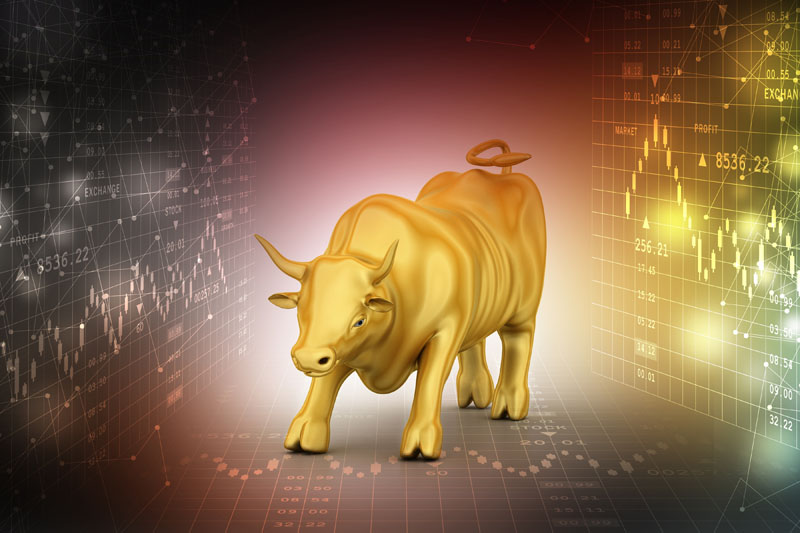Goldman Sticks To $1,800 Gold Price In 12 Months
THANK YOU FOR POSTING A REVIEW!
Your review was sent successfully and is now waiting for our staff to publish it.

(March 17, 2020 - By Allen Sykora)
Goldman Sachs remained bullish on gold for the long haul due to potential of a “shock to the global economy” following the COVID-19 outbreak. Nevertheless, it trimmed the forecast for the next half year as a result of potentially less central-bank buying.
In particular, Goldman said, the sharp nosedive in crude-oil prices this month could mean Russia has less available cash to keep buying gold for its reserves.
Meanwhile, analysts said the expected damage to the global economy could be severe enough to wipe out the expected supply/demand deficit in palladium, sending prices lower.
Goldman analysts said “we maintain our bullish outlook on gold, as the larger-than-expected shock to the global economy will likely lead to greater risk aversion.” Thus, while the bank trimmed its three- and six-month forecasts by $100 each to $1,600 and $1,650 an ounce, analysts left their 12-month outlook at $1,800.
Gold prices plunged over the last week alongside risk assets. Like other analysts, Goldman said the main driver behind gold’s decline was a “run for cash” that resulted in long liquidation by bulls who collectively held an elevated long position in gold. Goldman compared this to the sharp drop at the start of the financial crisis in 2008, saying the metal fell 27.5% over a five-month period back then before beginning an ascent to above $1,900 an ounce.
Crude oil also fell sharply during the last week.
“Gold was also hurt by the fall in oil prices, as it brought Russia’s CB [central-bank] purchases to a halt and could possibly trigger some selling,” Goldman said.
Gold may remain volatile in the near term, but eventually the recent liquidity-driven selling will ease and “fear” demand will take over, Goldman said. In 2008, the turning point came when the Federal Reserve announced $600 billion of quantitative easing in November.
“The fact that this time the Fed injected $700 billion in QE early on should help gold to be more resilient versus 2008,” Goldman said. “Also, we do not expect the hit to EM [emerging-market] economic growth to be as severe as it was during the Global Financial Crisis of 2008-09, and some countries such as China and Korea are already showing signs of improvement.”
Goldman said it does not expect silver to bounce back as quickly as gold, thus analysts lowered their three-, six- and 12-month forecasts to $13.50, $14 and $15 an ounce.
Meanwhile, Goldman said palladium may be falling back into a supply/demand surplus. The metal hit record highs early this year, with most analysts at the time citing tight supplies due to strong demand for auto catalysts.
“The fall in palladium prices in its turn reflects the market taking out the scarcity premium it enjoyed due to a large structural deficit,” Goldman said. “If the hit to global growth from COVID-19 is large enough to solve this structural deficit, which it increasingly looks like it is, than palladium prices could continue to fall lower with cost support still a long way down.”
Chinese auto sales fell by some 80% in February, according to news reports. Declines are also expected in other parts of the world.
“Without the need to ration demand, prices are likely to fall back to cost support, which is near $1,000 [an ounce] in South Africa,” Goldman said. “We expect prices to remain near these levels until automotive demand recovers, which could be in six to 12 months.”
-
Silver Remains On The Defensive Below $27.50 On Easing Middle East Tensions By
Mint State Gold
April 24 2024






